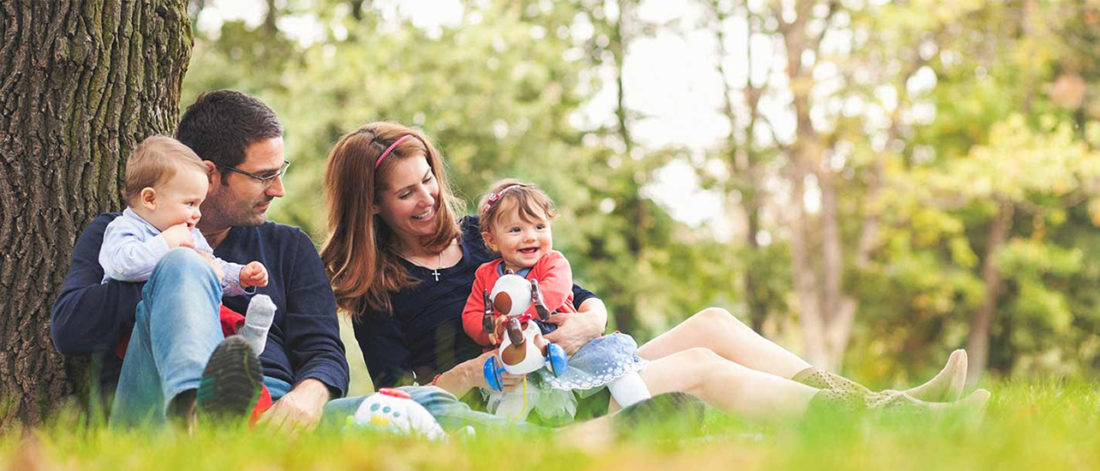March is Self-Harm Awareness Month, shedding light on a critical issue that affects many, especially our youth. While self-harm and self-injury are often used interchangeably, there’s a key difference. Self-harm refers to any damaging behaviour done in moments of stress or distress, while self-injury specifically involves causing physical harm to oneself. These behaviours are more common among youth, with approximately 2 in 10 intentionally harming themselves. Girls are twice as likely as boys to engage in such behaviour, and it typically begins between the ages of 13 and 15. Parents and caregivers must be aware and prepared for the challenges associated with self-harm among young individuals.
The Why of self-harm
When people struggle to express their feelings and hold onto emotions like distress or anger, it can build up inside like a pressure cooker. For some, this pressure becomes too much, and they might resort to self-harm to let it out. It’s like turning emotional pain into physical pain, either as a form of self-punishment, an attempt to control when life feels chaotic, or for those that feel numb, its a reminder that they’re alive. The urge to hurt oneself often hits harder during moments of anger, distress, or anxiety. Various reasons push people towards self-harm, ranging from issues at home, conflicts, academic stress, bullying, anxiety, low self-esteem or big life changes.
Treatment and Support: What You Need to Know
Addressing self-harm often involves talk therapy, focusing on identifying triggers, improving problem-solving skills, regulating emotions, challenging unhealthy thoughts, and developing healthier coping mechanisms. Caregivers play a vital role by offering support. It’s crucial to understand that recovery takes time and pressuring someone to stop abruptly may be counterproductive.
Guide for Parents: How to Support Your Child
Understanding Self-Harm:
- Differentiating Self-Harm and Self-Injury: Know that self-harm happens during stress, while self-injury involves physical harm.
- Recognizing Signs: Be aware of potential signs like unexplained cuts, bruises, frequent isolation, or hidden sharp objects.
Approaching the Situation:
- Open Communication: Create a safe space for your child to discuss their feelings without judgment. Let them know you’re there to listen and support.
- Educate Yourself: Learn about self-harm and its causes to better support your child.
Providing Support:
- Show Love and Care: Reassure your child of your unconditional love and express concern for their well-being.
- Acknowledge Feelings: Validate their emotions and let them know it’s okay to feel overwhelmed and that you’re there to help.
Practical Assistance:
- First Aid Skills: Learn basic first aid for minor injuries and be ready to seek medical attention if necessary.
- Building Trust: Express empathy and understanding, avoid disgust or disappointment, and assure your child of your continuous support.
Encouraging Healthy Coping:
- Self-Soothing Techniques: Encourage healthy coping like deep breathing, mindfulness, journaling, or enjoyable activities.
- Seeking Professional Help: Support your child in seeking therapy or counselling to address underlying issues and develop effective coping skills.
Patience and Understanding:
- Emphasize Time and Patience: Recovery takes time with possible setbacks. Be patient and supportive.
- Avoid Pressuring: Refrain from pressuring your child to stop abruptly. Focus on ongoing support and understanding as they work towards healthier coping mechanisms.
Supporting a child through self-harm is challenging, but with patience, understanding, and unconditional love, you can be a crucial part of their journey towards healing. Prioritize open communication, provide practical assistance, and encourage healthy coping. Above all, let your child know they are not alone, and you are there to support them every step of the way. Together, we can foster hope and healing.








